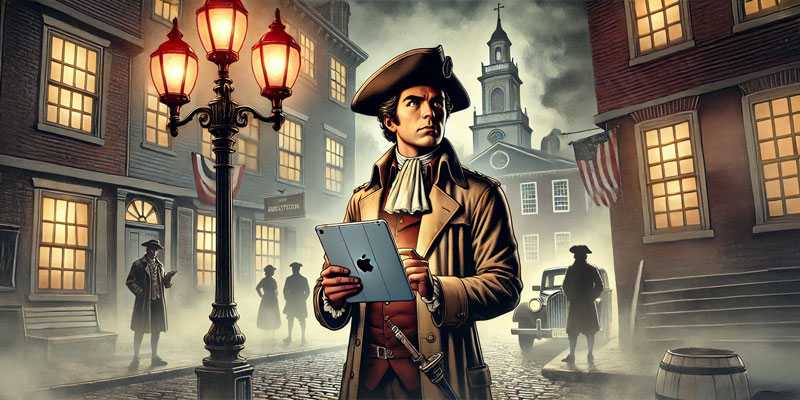
American political media has never been self-funding.
While developing plans for the future, I’ve been reading about the history of American journalism, and an observation from the post-Revolution period has been worth more than a few underlines. Political parties always want dedicated media outlets, but media outlets dedicated to partisan politics never pay for themselves. Jefferson had to give a no-show State Department job to the guy who started a partisan paper for his faction.
In the late 1900s, we had a period when the news media could sell its wide variety of news and entertainment products to readers and then sell its readership to advertisers. This platform provided the revenue for their partisan activities on the opinion pages. The Internet blew that model up by providing a better platform for the profitable components, including partisan promotion, which can be subsidized in other ways and/or crowdsourced to partisans.
I’ve long thought newspapers’ problem was that advertisers could now track the ineffectiveness of their ads, but there’s another factor, too. Over the past couple decades, news organizations have seemed to conclude the solution is to focus on their audience segments and cater their reportage and entertainment to politics. In other words, they’ve made the entire paper (or broadcast) partisan.
This exposes the reality that the journalism industry’s raison d’être (including college departments) is not journalism, but partisan activism, in which case they have to find other ways of subsidizing themselves (like National Review cruises); Americans have shown for 250 years that we aren’t willing to pay to engage with their political communities if they can do so by other means.
If media outlets want to be genuine journalistic enterprises, however, the attempts to appeal to narrower audiences with political flavoring suggests they’re focusing on the wrong dimension of their business. They have to figure out what they’re selling and then take politics out of it entirely.
Candidly, I’m not sure the market exists. Americans once needed newspapers to tell them what ships were arriving and what was onboard; all such practical information can now be better provided directly or through narrowly dedicated channels. Meanwhile, no matter what they say, people aren’t interested in raw information or even objective analysis. That’s the fare of trade publications. Mass audiences are interested in the stories of people against people, which in the current environment easily collapses into partisan media, which must be subsidized, often by the special interests who benefit.
If publications and journalists want to remain true to their ideal and provide news for its own sake, they’ll have to become something like the sports pages, but for current events. They’ll have to find a way to tell the story of the battle of the teams without giving the impression that they favor any of them… not with dispassionate objectivity, but with passion for the story.
The news industry, having been taken over by progressives, is neither attracting nor forming the people to undertake such a task. The story for them, then, is that they must either find a way or become another chapter in a history book.
Featured image by Justin Katz using Dall-E 40 and Photoshop AI.

Comment on Blog Post:
This is such an insightful reflection on the early dynamics of American journalism and its relationship with political power. The observation that “media outlets dedicated to partisan politics never pay for themselves” is particularly thought-provoking, especially when viewed through the lens of history. The example of Jefferson giving a no-show job to the founder of a partisan paper speaks volumes about the intersection of media, politics, and the practical realities of financing political discourse in early America.
Thanks for sharing this historical perspective—it’s a reminder that while the tools and technologies of journalism may change, some of the fundamental challenges have remained surprisingly constant.